
I made a new friend the other day.
His name is Keith.
He’s originally an East Coaster, like me, and now works as the security guard at the Harwood Museum of Art in Taos, where my “Party City is the Devil” show opens today.
Last week, while I was installing, Keith hung around a bit, and we got to talking. As the show took many hours to put together, over three days, it allowed for quite a bit of chatter.
In all honesty, when I first saw him, I did ask myself why he was the one protecting the joint. Not that he’s fat, old, or unimposing, (because he’s not,) but his look doesn’t scream dangerous either.
Keith has had an interesting life, filled with different phases, and confided he once spent years as the private chef for the CEO of Reebok.
Only after we’d gotten to know each other a bit, and he judged me cool, (I gather,) did he open up his jacket to show me his massive gun and even scarier knife.
Turns out, Keith knows some martial arts, but is a highly trained weapons specialist. A master marksman, he is quick off the draw, and is as familiar with handguns as shotguns and AR-15 rifles.
Yesterday, he showed me another knife, just as nasty, and a baton that can break bones faster than John Bolton is gonna get a tell-all book deal.
And he let me handle his Smith and Wesson .45 caliber hand cannon.
Truth time: it scared me shitless.
For most of us, guns, as objects, are terrifying. I don’t know how to use them, nor how to shoot, so to me, they emanate violence and misery.
I know they’re just a tool, (which Keith confirmed,) but man, are they unpleasant.
So you might be surprised to know I asked Keith to teach me how to shoot, and handle weapons properly. And he agreed.
Say what now?
Why would an artsy, hipster liberal want to know how to use a killing machine?
Because it was about as far out of my comfort zone as I could imagine going.
Over the years, I’ve come to dispense advice here, along with the art criticism, and doing things you find scary and difficult is one of the very best ways to grow as a human being. (And by extension, as an artist.)
That’s what it means, the phrase “get out of your comfort zone.” It’s about challenging yourself, and running towards the fear, and your weak spots, instead of away from them.
Another habit I think is undervalued, (or at least underutilized,) is knowing how to admit you’re wrong, and accept accountability and responsibility for your actions.
It may be the most Un-Trumpian thing a person can do, saying sorry and backtracking, but I believe it’s super-important.
Right now, I’m thinking of a particular incident that happened last April, when I was at the Photolucida festival in Portland. (We’re going to wrap up the series this and next week.)
It was on the last evening, at the closing party, when all the people from the festival were thrown together, artists and reviewers alike, and everyone was as worn down and low-functioning as they could be. (You try talking, looking, thinking and partying for 4 days straight.)
I wrote in a previous column that the photographers at this particular festival were too pushy and aggressive, for whatever reason, and that last night, people were approaching me left and right.
Someone even chastised me for removing my name tag, as if I’d broken the law.
I was grumpy, and spent, no question.
It took about 10 minutes to get from the front of the room to the back, and when I finally made it, Carol Isaak, a photographer I’ve since published here, approached me.
She asked, over the din, if I’d go outside with her for a private chat.
I was so tired, and burnt, that I was rude to her. I know I was.
“No, I said, I won’t go outside right now. But I will listen to you. Whatever you have to say, just say it here.”
Again, she implored me to go outside with her, and again I said no.
“Whatever you want to say there,” I grunted, “you can say here instead.”
I believe I mentioned in that last article that Carol is married to a Rabbi. I was courting some seriously bad Jewish karma by speaking to her like that.
So she looked me square in the eye, and took out a hearing aid. She held it up to my face, without a word, and watched me dangle on the hook like a dead hit man in a meat locker.
My face fell, I apologized profusely, and followed her to the front steps of the venue. (Sheepishly.)
As it happened, I’d asked Carol about the connection between her Buddhist-seeming India photographs, and her Jewish spirituality, and after a day or two of thinking about it, she had an answer for me. (She also accepted my apology graciously.)
Needless to say, I felt awful, but managed to salvage what I’d made of a potentially bad situation. (As a known good-guy, I really didn’t want people to think I’m an asshole.)
But now that we’re on the subject of Portland, it’s time to show the rest of the best work I saw. (This week and next week.) As usual, the artists are in no particular order, but as we have a lot to get through in the final two installments, I will be showing slightly smaller segments than I normally do.
Let’s get going!
Weldon Brewster is a successful commercial photographer based in Pasadena, who recently decided to focus more on his personal projects. He’s hardcore, for sure, as he sold his house and bought a new one with a studio, once he decided to commit.
Weldon is interested in Pictorialism, the style that was en vogue at the turn of the 20th C, before the group f.64 crew made it unfashionable in the 1920’s and 30’s. As such, the images he showed me of the California coast were intentionally soft and lush.
I liked them immediately, and later learned, (courtesy of Andy Adams,) that one of the images looked very much like a photograph on the cover of a famed Wynn Bullock book. So in our follow up, we discussed how one can stick with a project, and develop work more deeply, to move away from associations with things that have been done before.
Dawn Watson was one of several artists I met for a second time, as I’d reviewed one of her projects, (and published it here,) after the LACP Exposure portfolio review in 2017.
It was fascinating to see how it had evolved, as she clearly took some of my advice to heart, and it was strange to hear myself saying things that I’d clearly already said 2 years earlier. (Dawn and I both have good recall, I guess.)
Rather than showing the same work, though, we’re going to share a new, in-progress series she’s working on in the studio. The constructions, nature in an unnatural environment, are experimental, and very cool.
Marian Crostic, to lean into the theme, was also an artist I’d met at a previous LACP Exposure review. And she too had heard my critique, and then pushed herself much further. In particular, Marian, who lives on the West side of LA, and walks on the beach frequently, worked hard to imbue her imagery with more of a sense of Zen wonder.
They don’t need much of an explanation, (as you’ll soon see,) but are quite beautiful and lovely. No doubt you’ll be smitten, and wish that summer wasn’t 11.5 months away.
Cable Hoover is a fellow New Mexican, and was born and raised in Gallup. Anyone who’s driven through the West along I-40 might have passed through, and it presents as a dusty, hardcore Wild West town. (Not unlike Taos, but with less tourism, and no skiing.)
Rather, Gallup is in the Four Corners region, adjoining the Navajo Nation, and is known to be a properly tough town. These days, everyone likes to see “true” stories from inside a culture, rather than from without, and these images are about as raw as it gets.
Dynamite (and tragic) stuff.
Martha Ketterer, like Marian, is also smitten with the ocean. She presented a series of photographs made on the beach in Cabo, and explained a rather complicated technique she employs to create the panoramic effect.
I wasn’t sure the dividing lines made the pictures stronger, and told her so, but really, what’s not to like here?
Jesse Rieser was visiting from Arizona, and we had several friends and colleagues in common from the Phoenix photo crew. (Arizona, though I like to mock it as a place, does have a great history and tradition of photographic excellence.)
While he definitely presented me with my favorite single image, a young hipster woman wearing a unicorn hat and smoking a bowl, overall, I thought his series on Christmas in America was fucking awesome.
And now that it’s mid-September, Xmas is right around the corner, right?
Jean Sousa was one of several artists who showed headache work, as I previously mentioned. (At least I think I wrote about the phenomenon. After 5 months and six articles, it’s hard to be sure.)
They’re obviously blurry on purpose, via a lack of focus, and you’ll either love them or hate them. Personally, I’m working on some Op Art ideas myself, and didn’t love the headache these pictures induced, but still thought they were worth publishing for you.
Last, but certainly not least, we have Nate Gowdy, a documentary photographer/ photojournalist who’s spent a ton of time on the campaign trail. Given that I write about politics so often, I’m going to abstain from editorializing on the subject right here.
The work is properly excellent, and particularly relevant, so I’ll let the pictures do the talking. Nate is also working on something called “The American Superhero,” so be sure to check it out on his website.
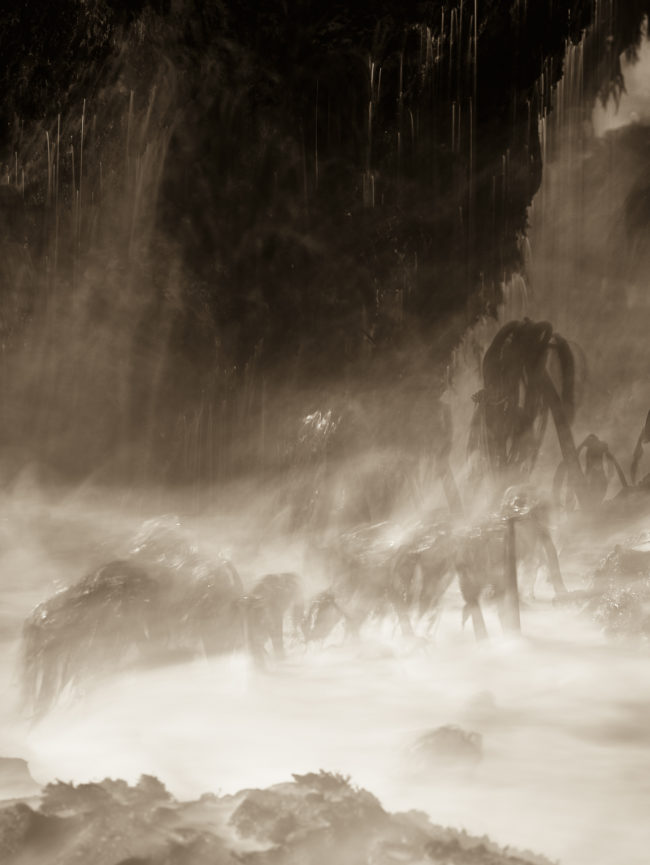
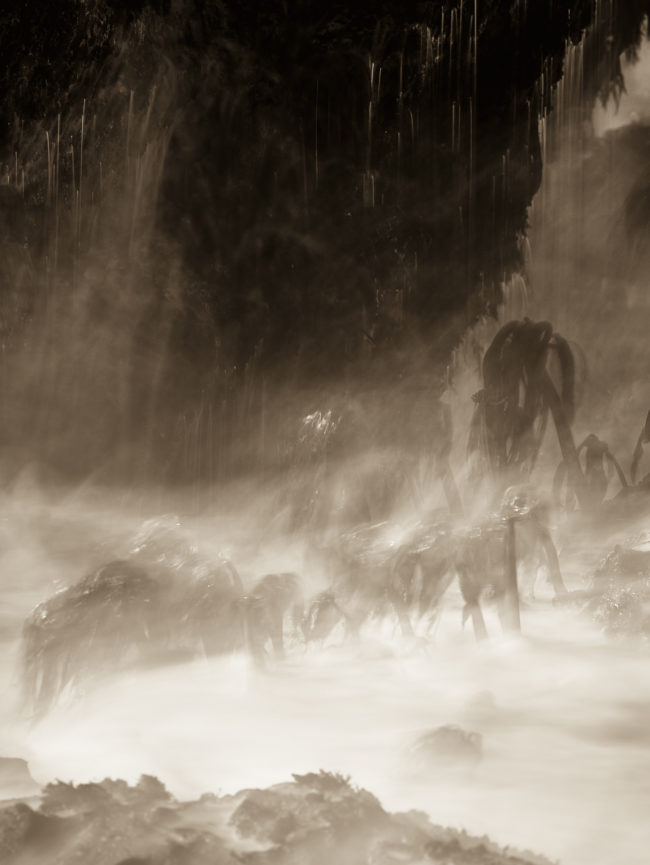
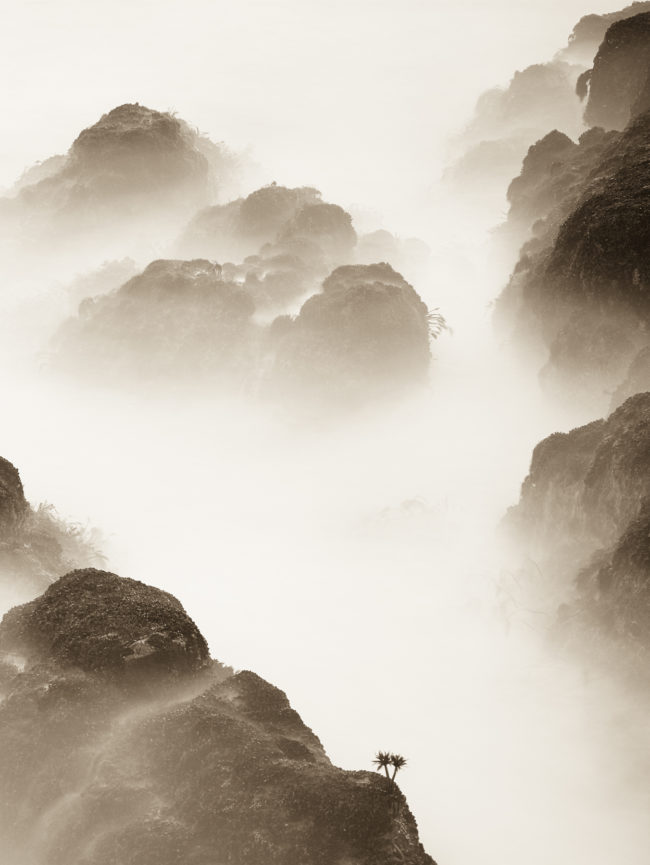
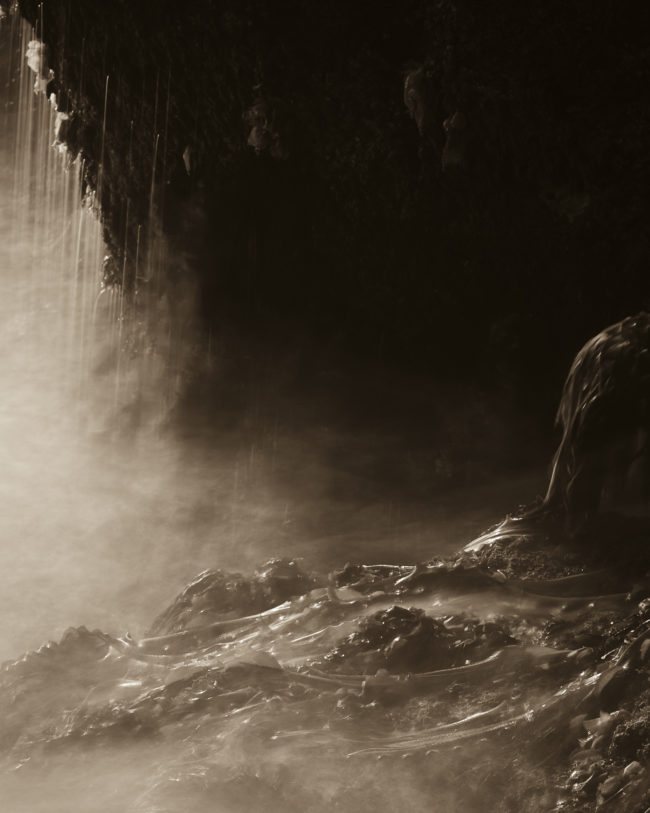



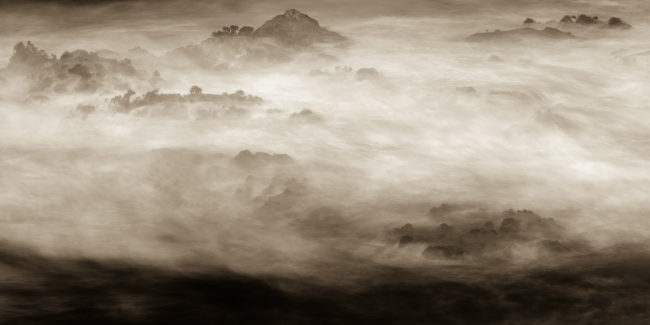



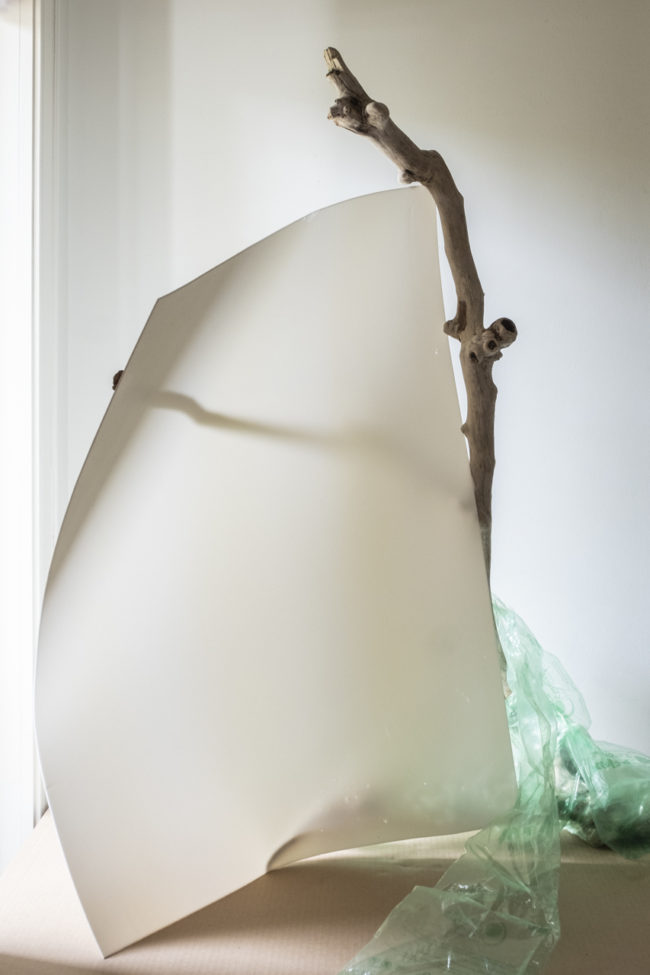

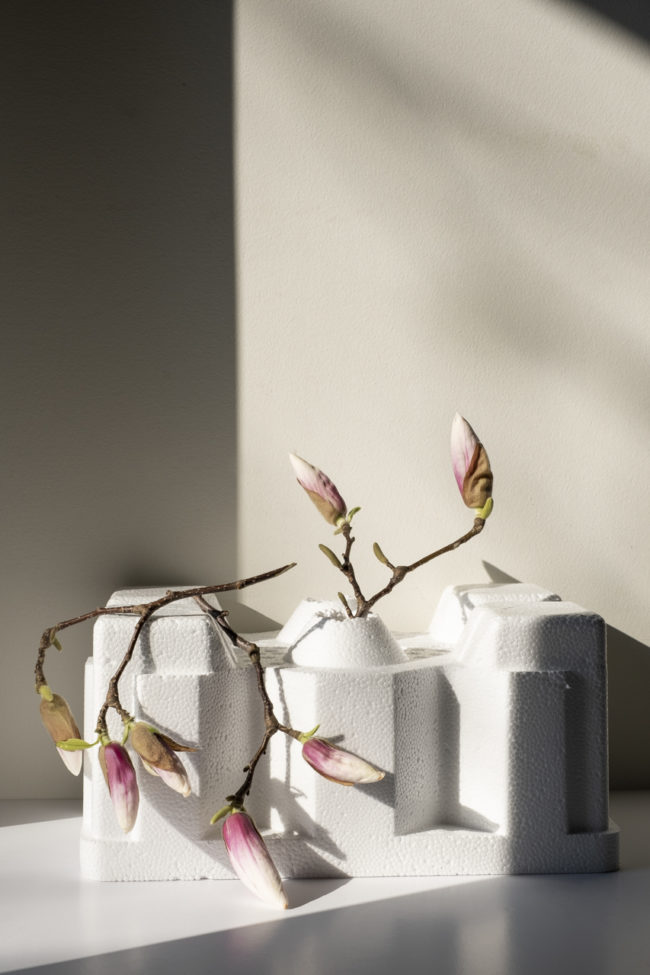





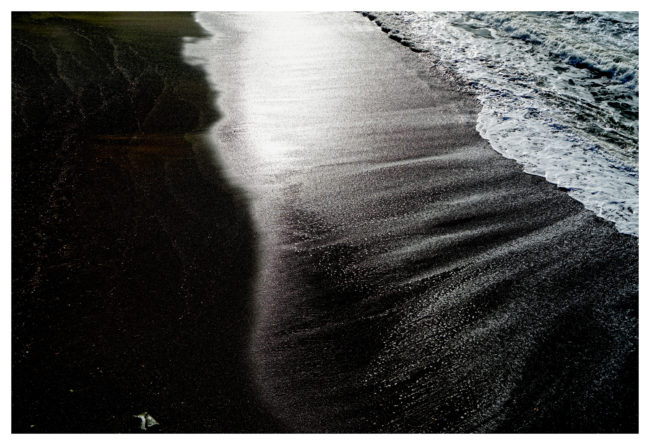
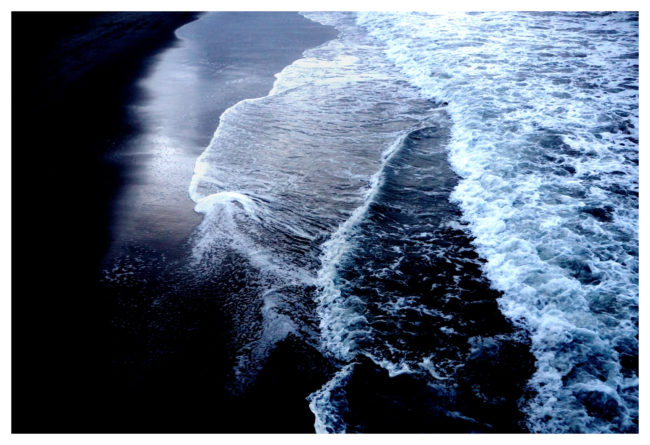
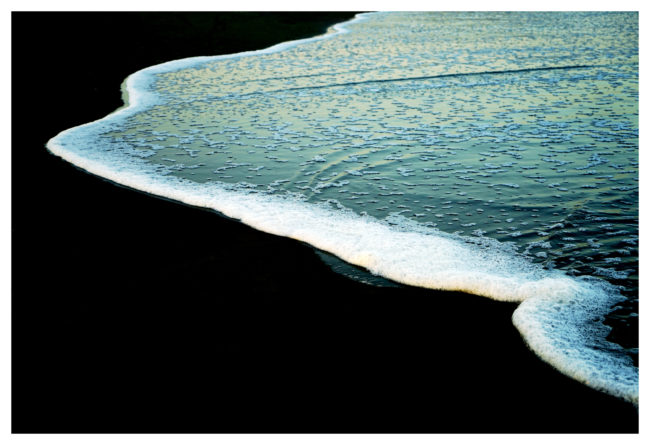

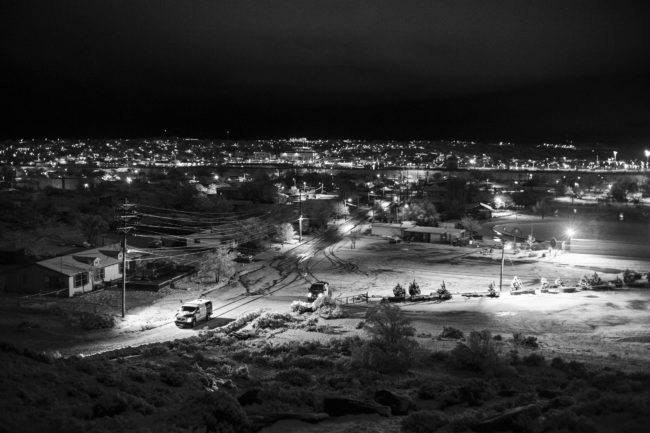
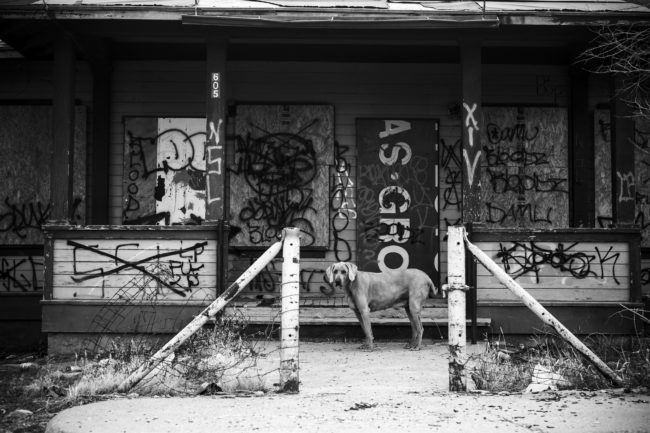

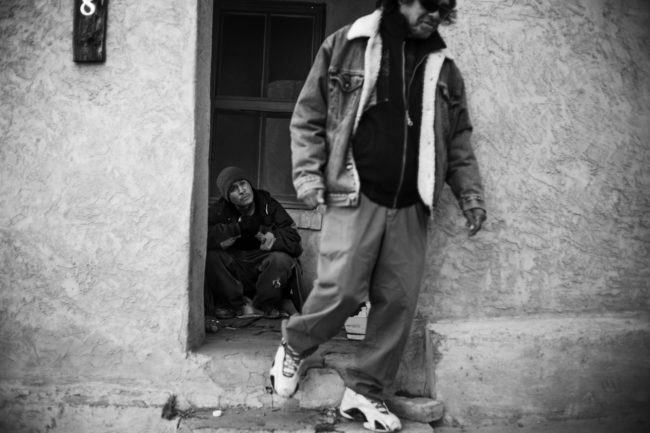
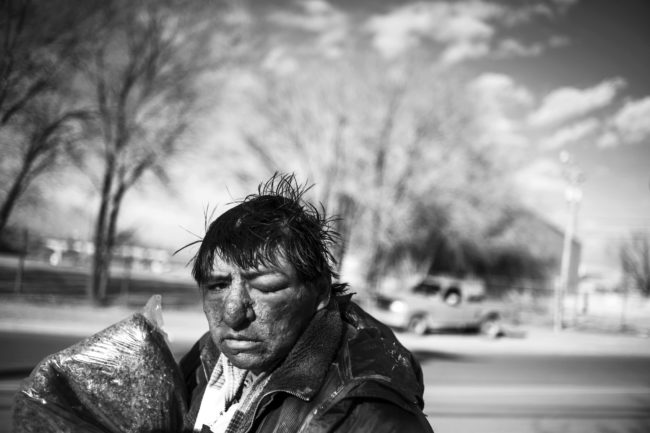
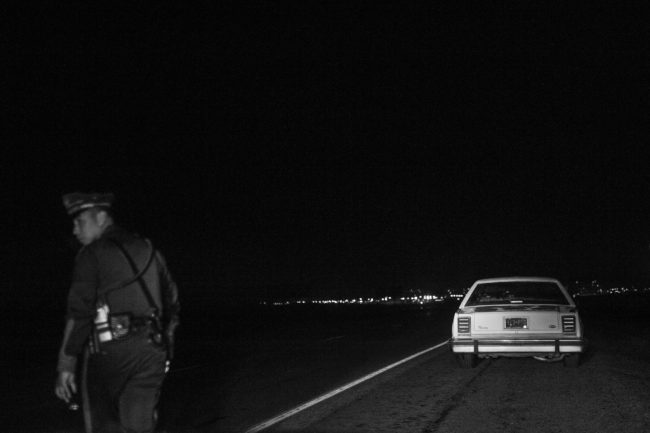
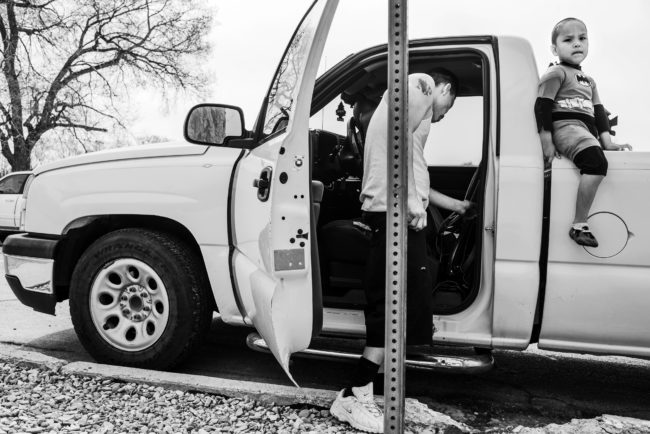


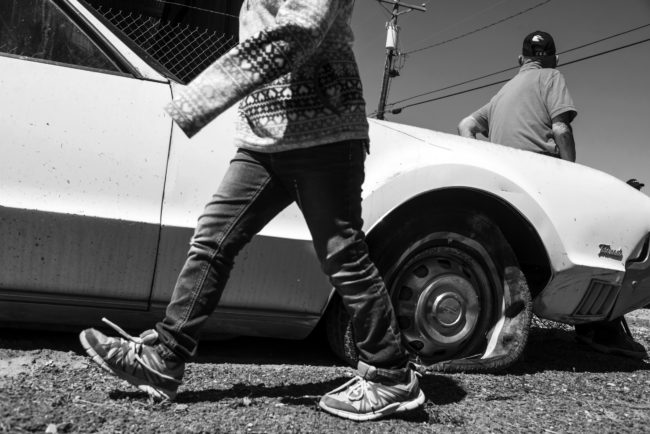

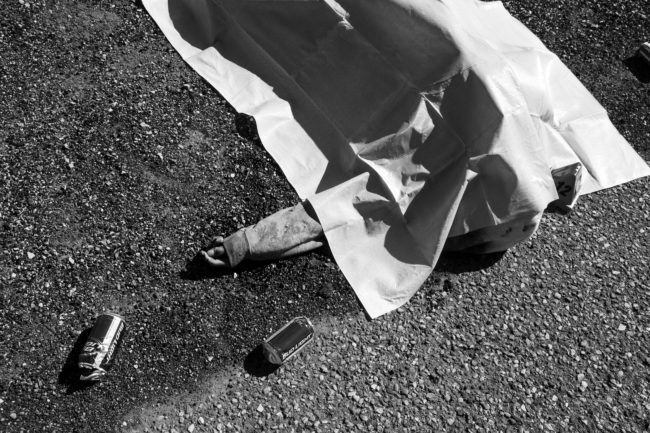
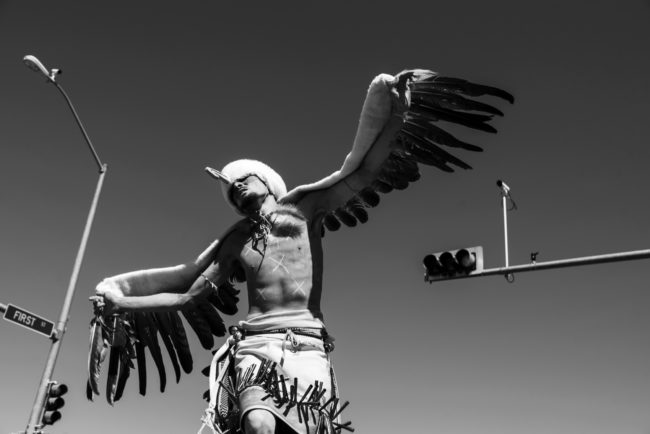
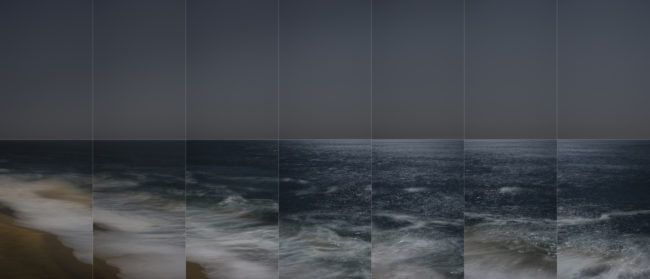
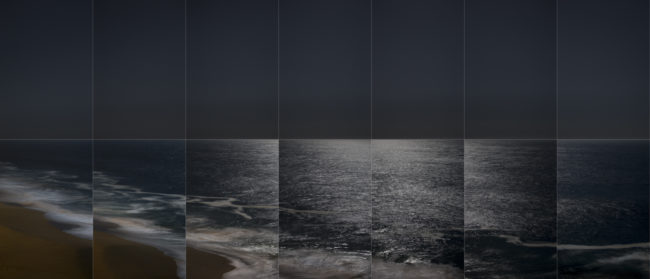
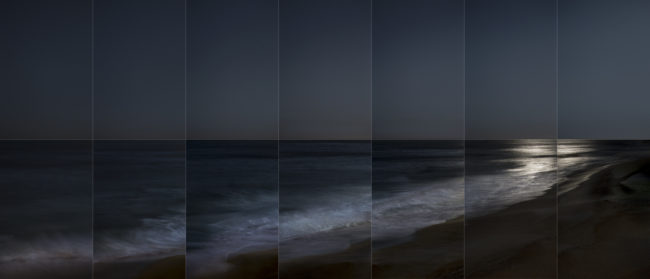


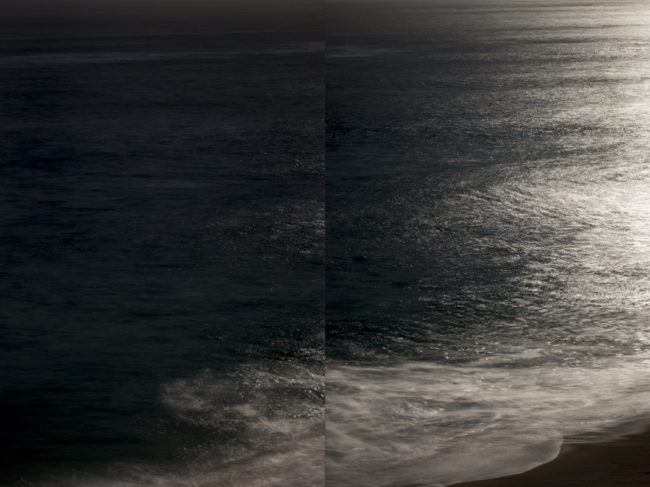



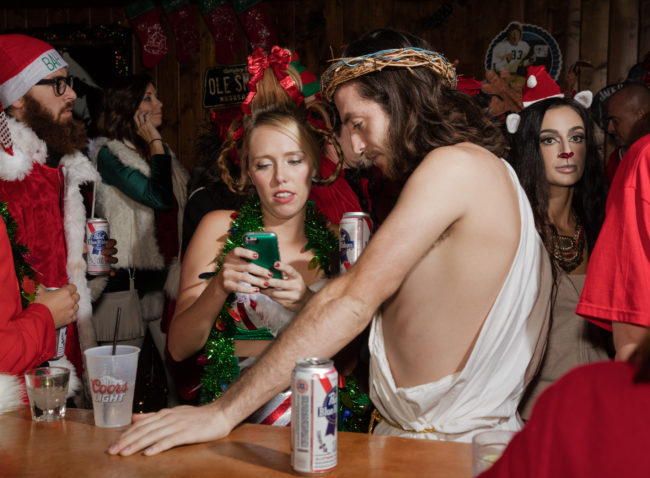


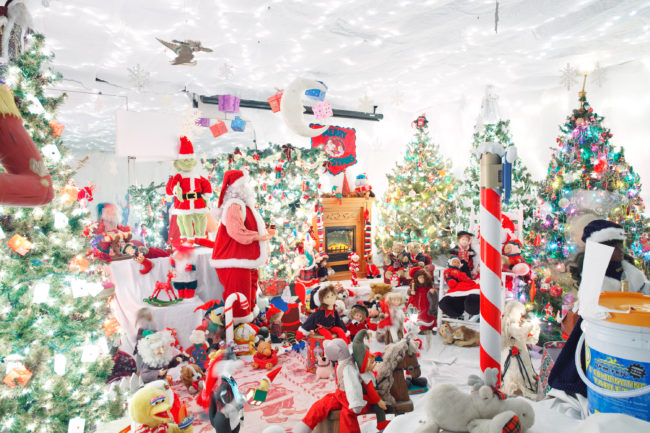

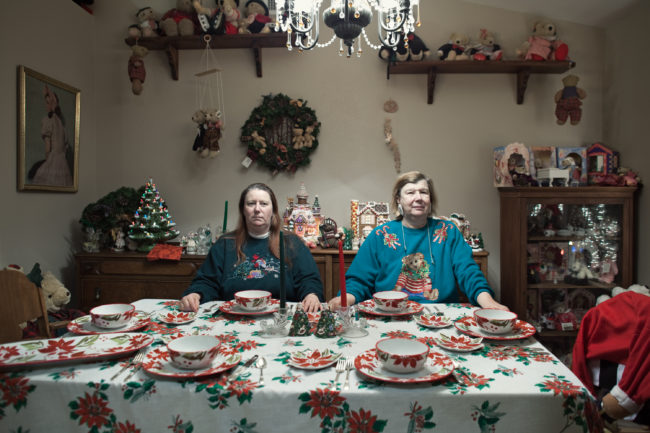

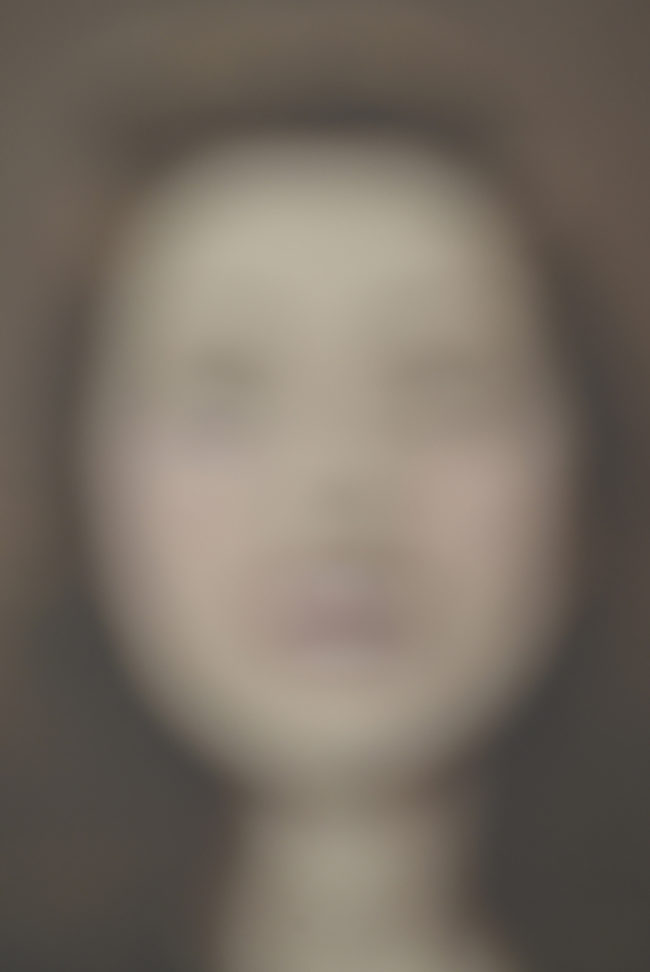

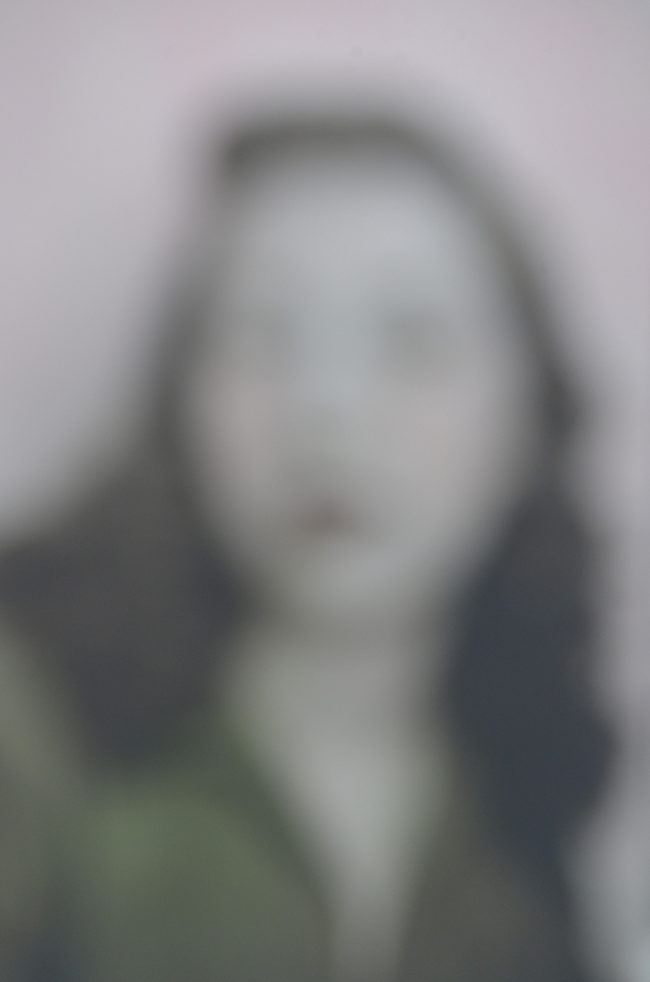

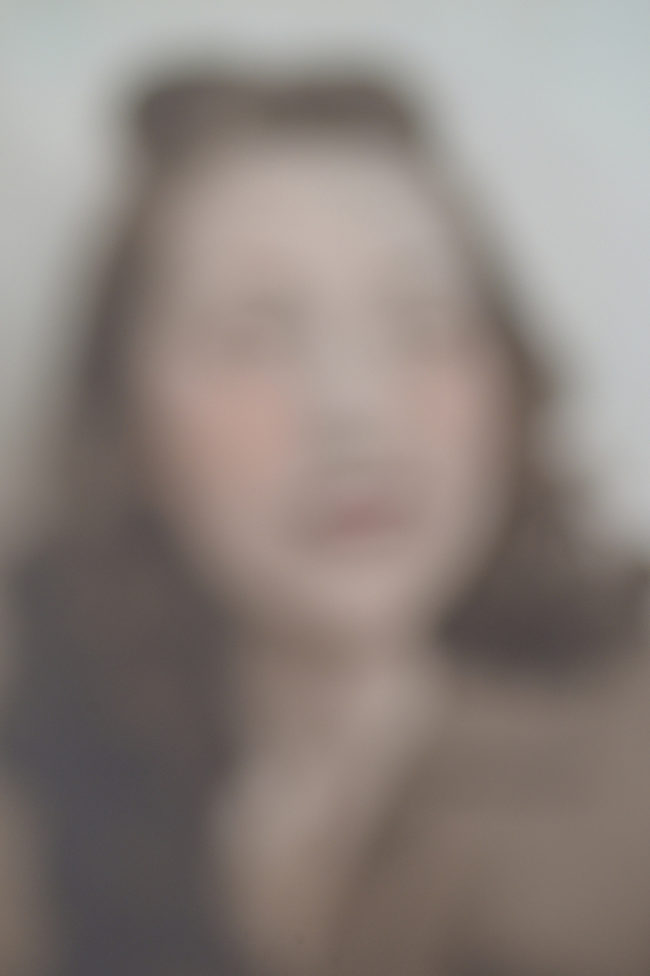
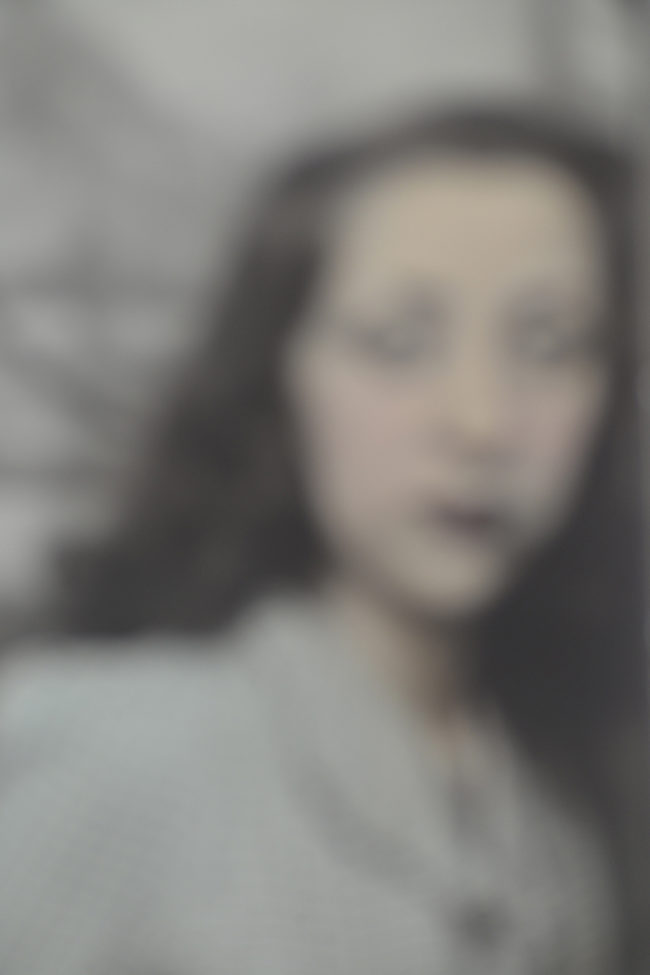
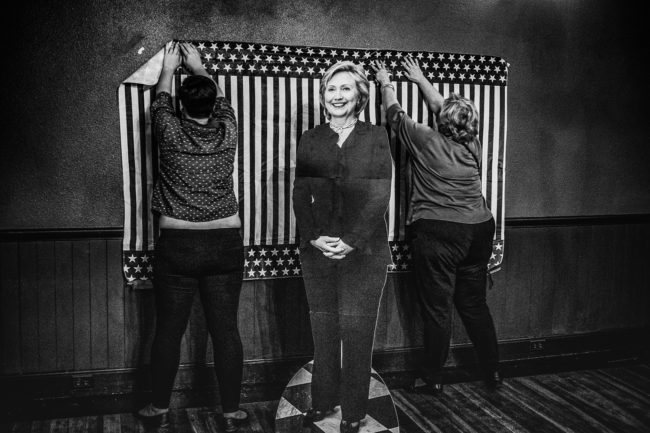
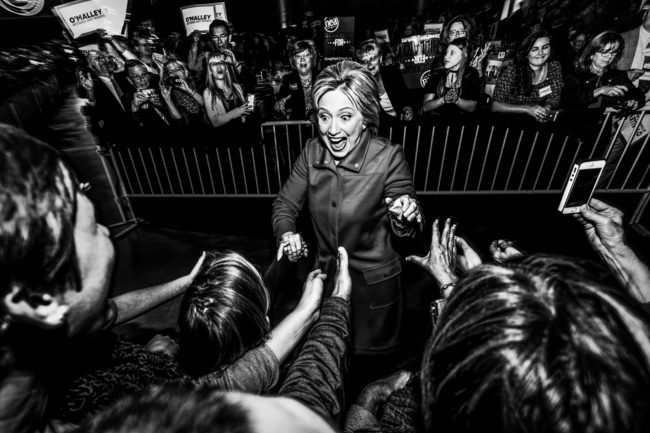
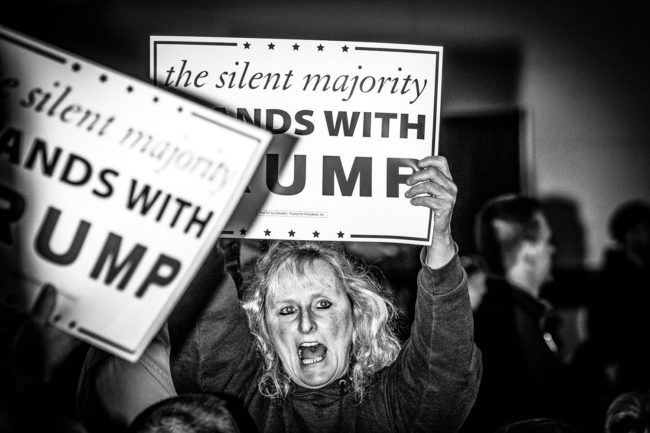
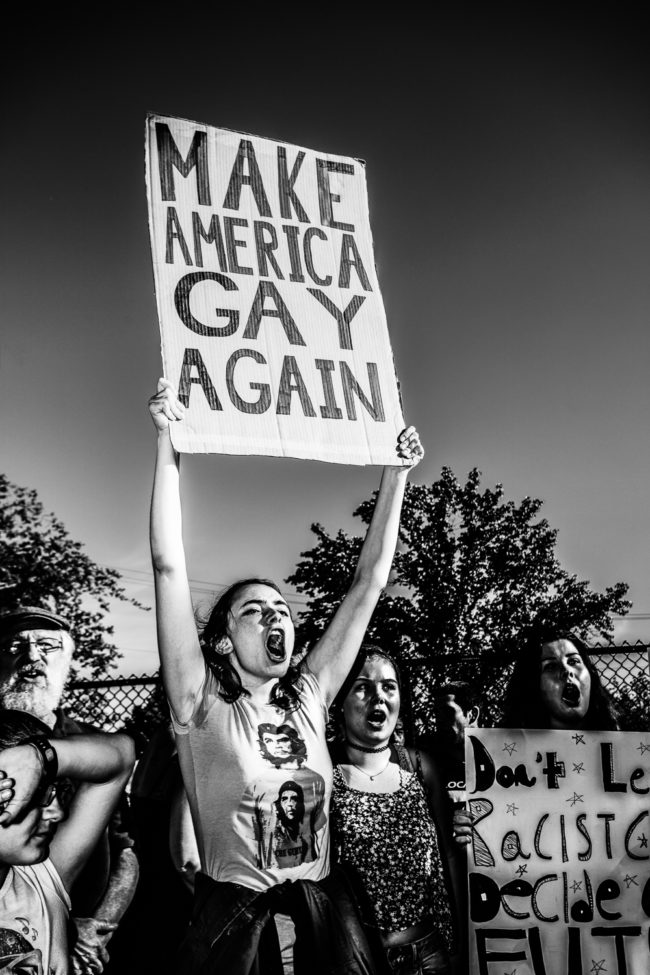
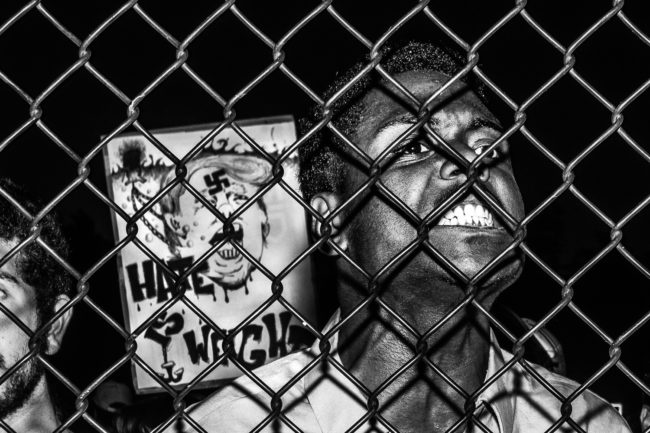
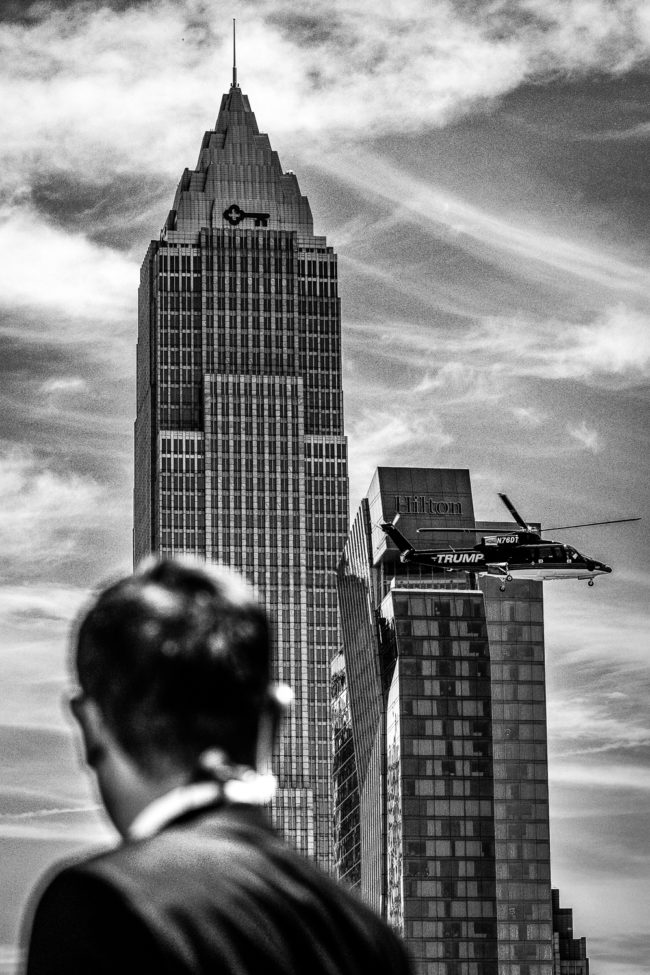






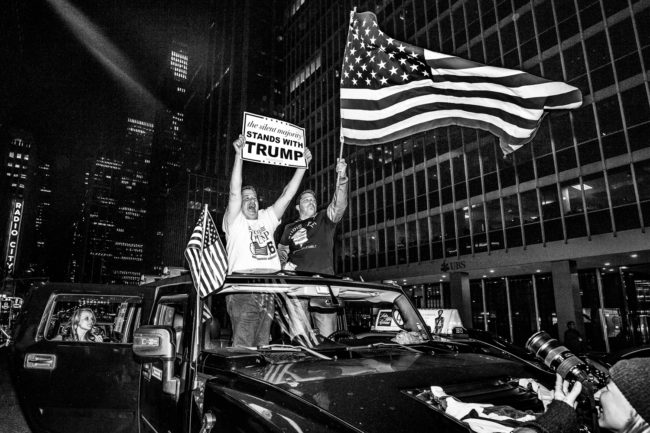
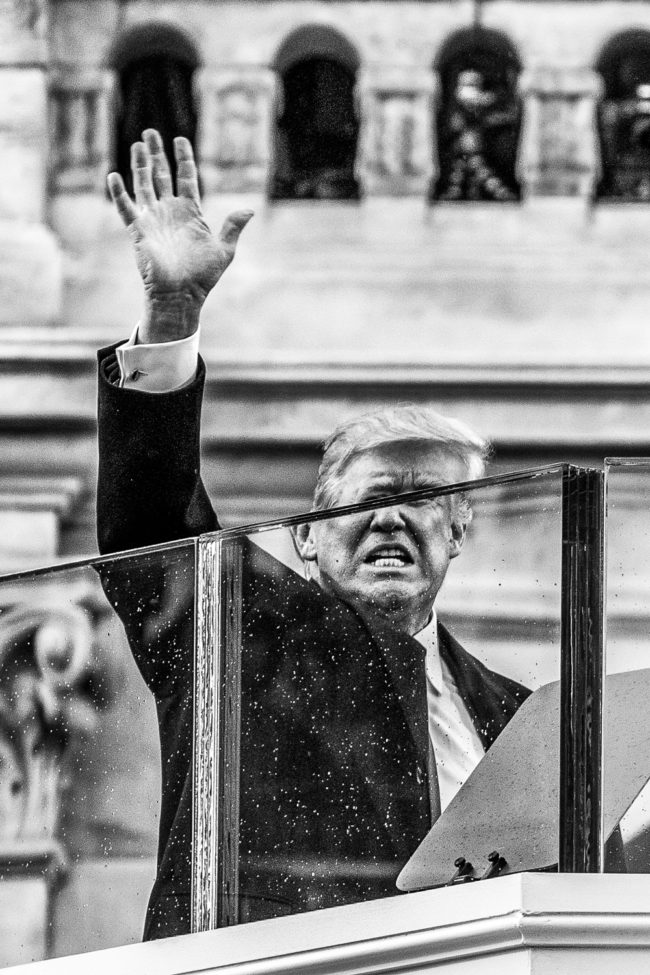
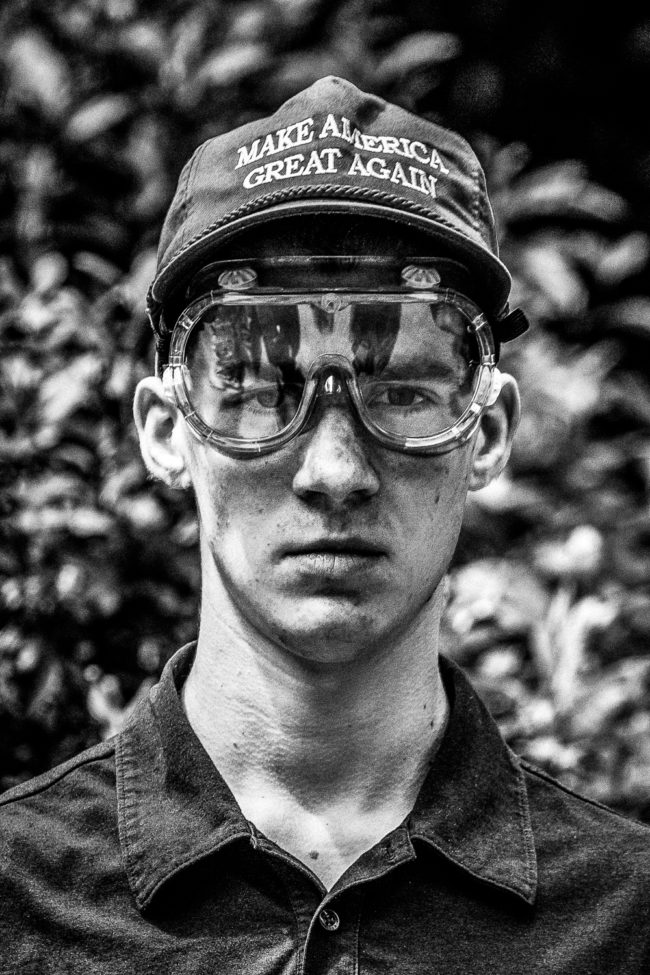
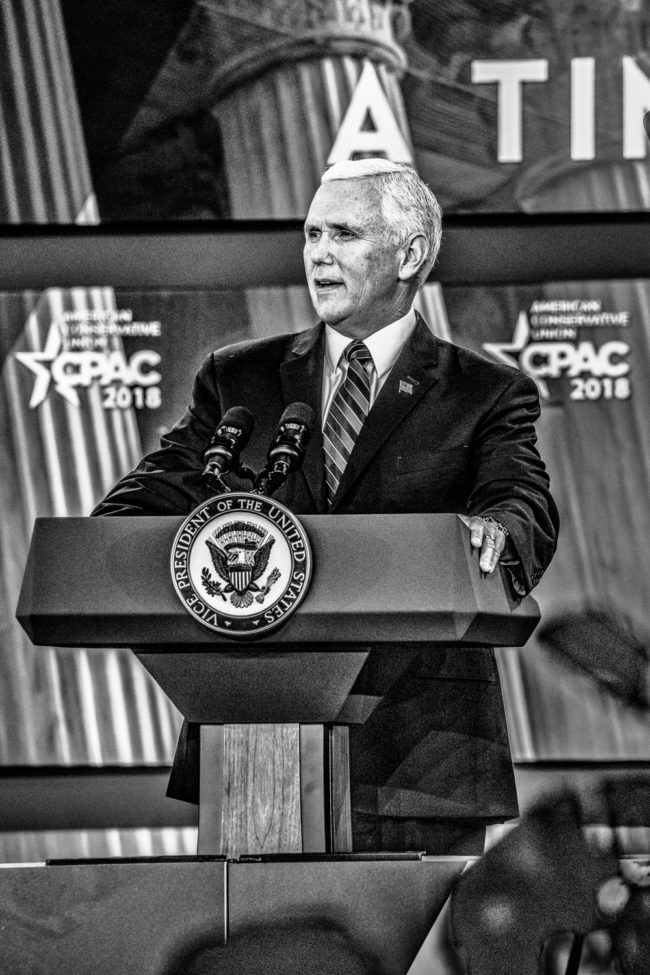
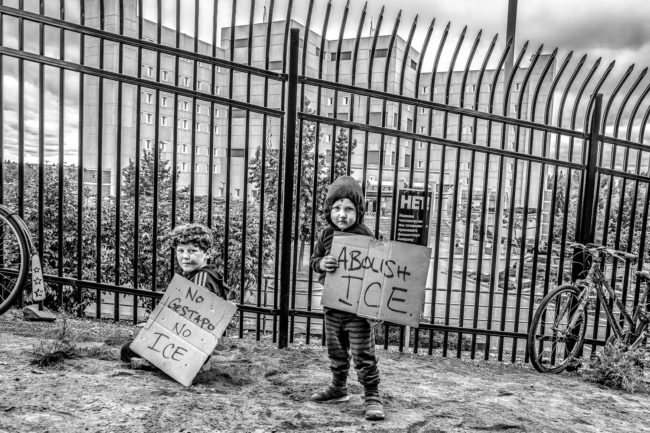
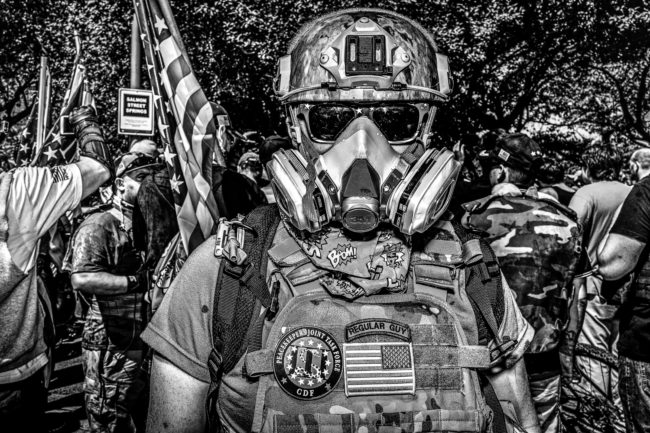
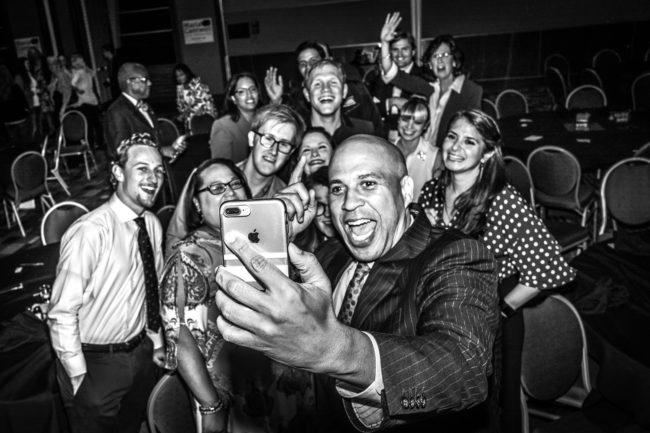

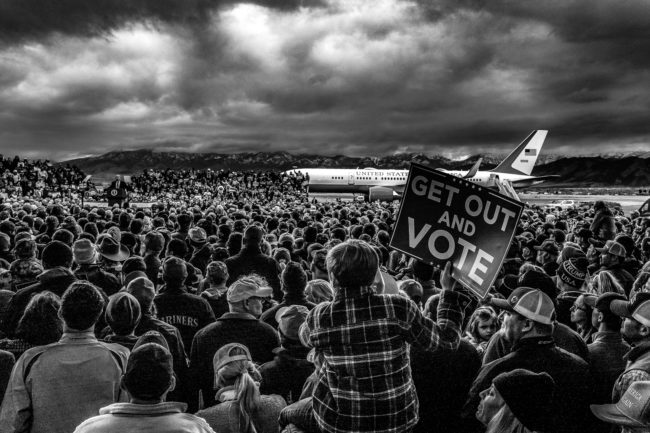
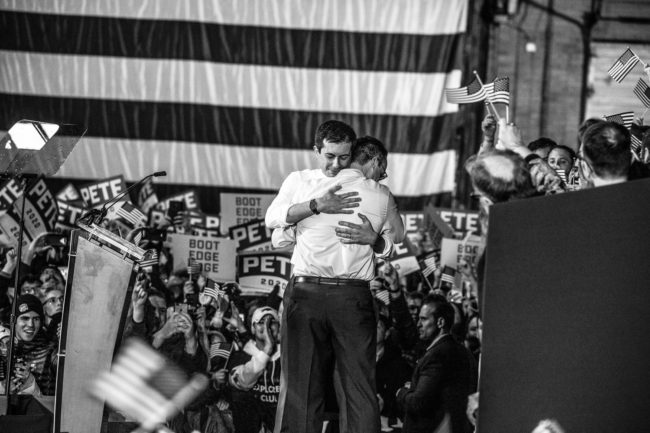


2 Comments
Quite a bit here- my 2 bits (not that anyone’s asking- and thank you for your patience)… starting with, I think there’s a place for guns in our society, but the situation here in America is outright insane. That said, loved the Xmas, blurred portraits and political shots (the latter which I found scarier than any gun out there)…
This however, will remain my all time favorite Bullock- a favorite all time photo, period:
https://afterimagegallery.com/40bullock.htm
Stan, your two bits, or two cents, are always welcome here. You know that.
You’re the OG commenter on this blog for sure!
Comments are closed for this article!